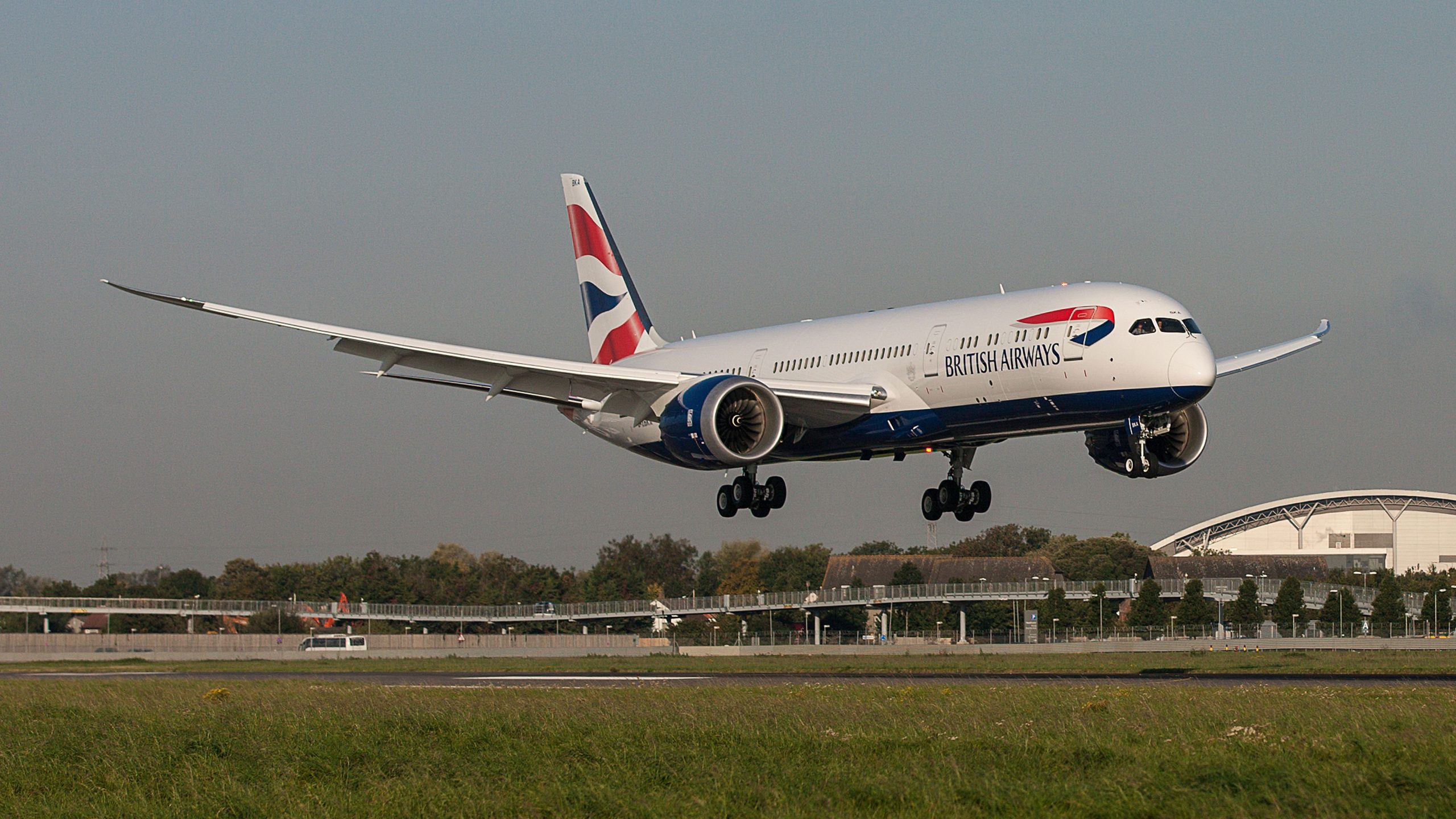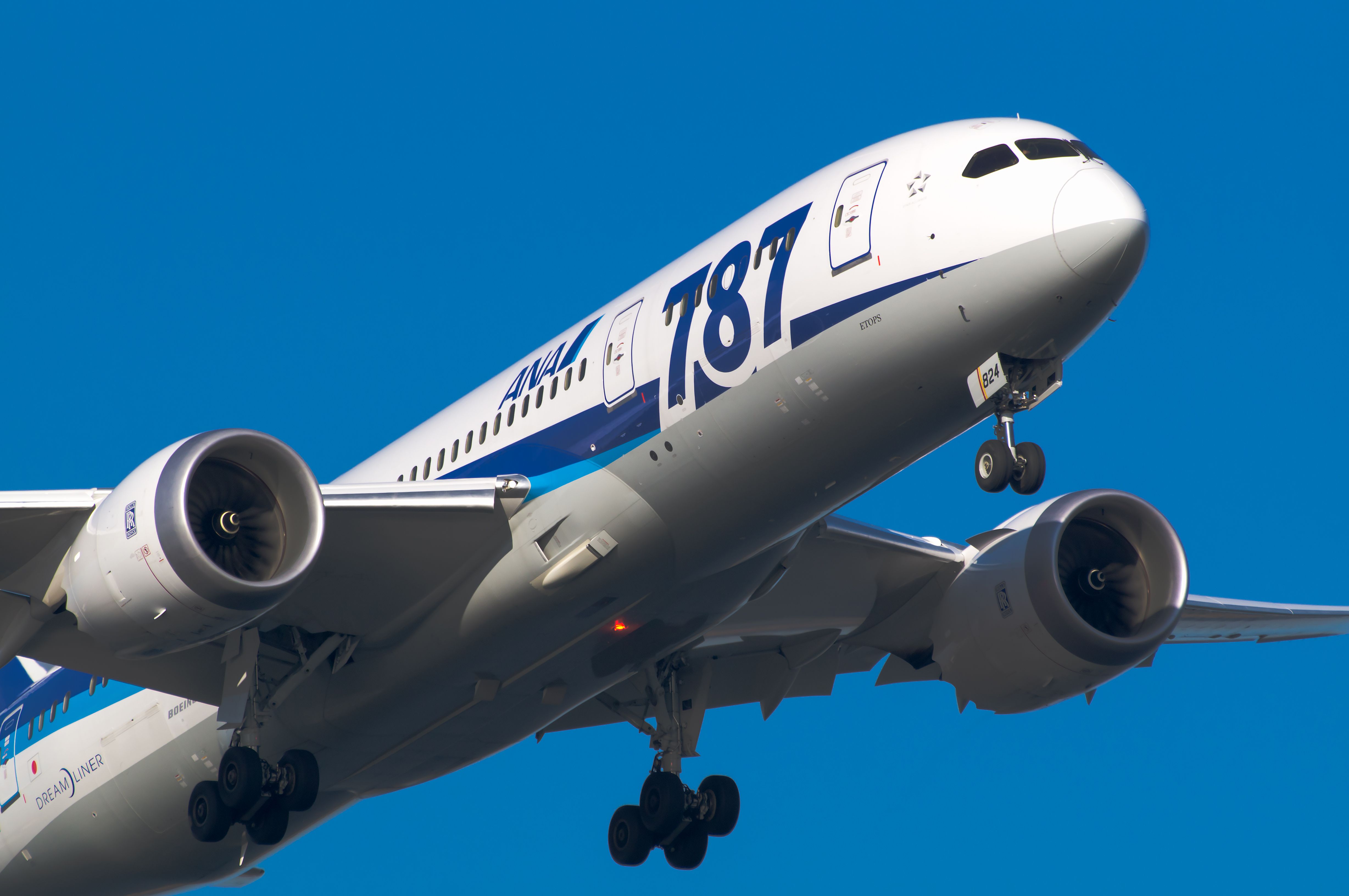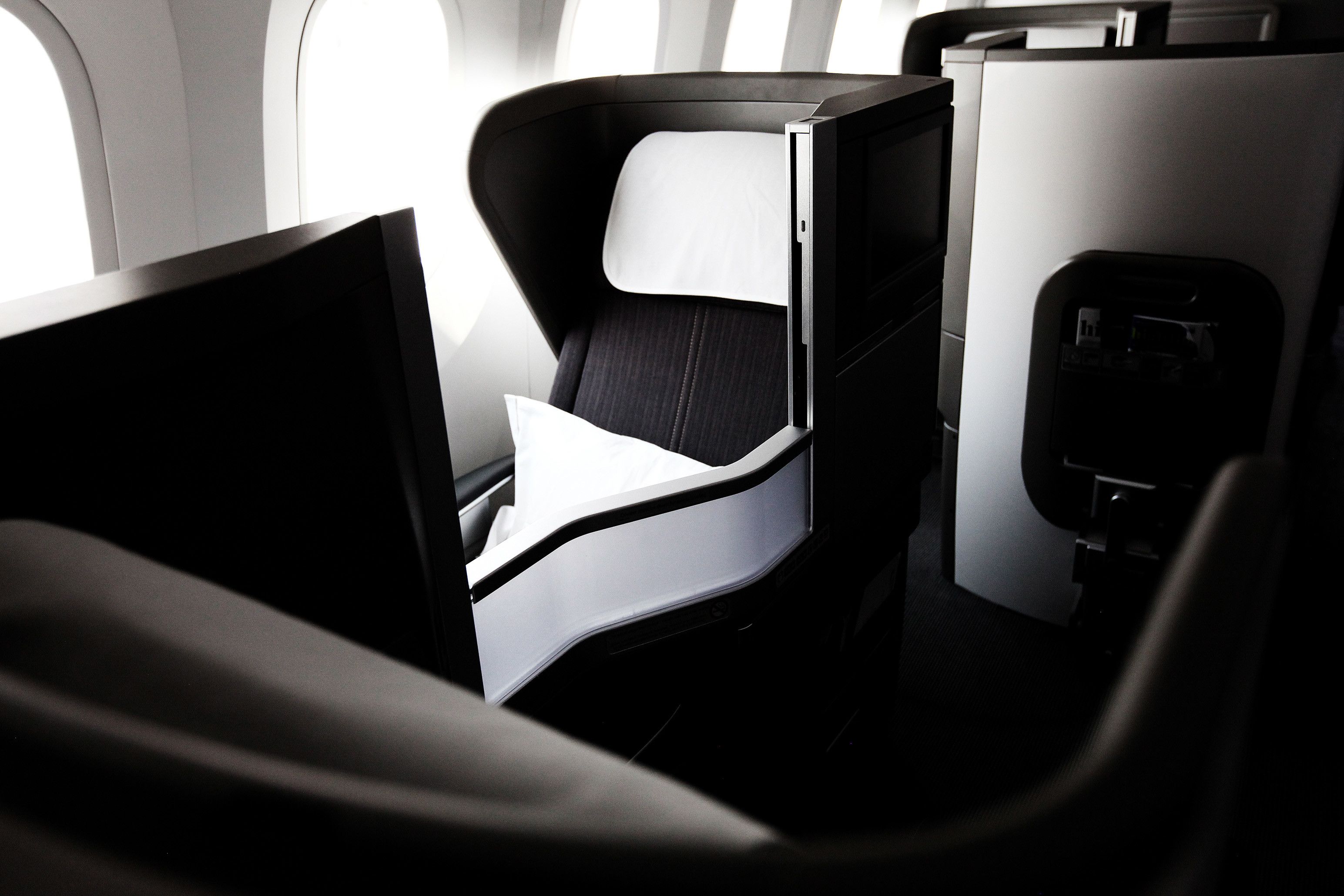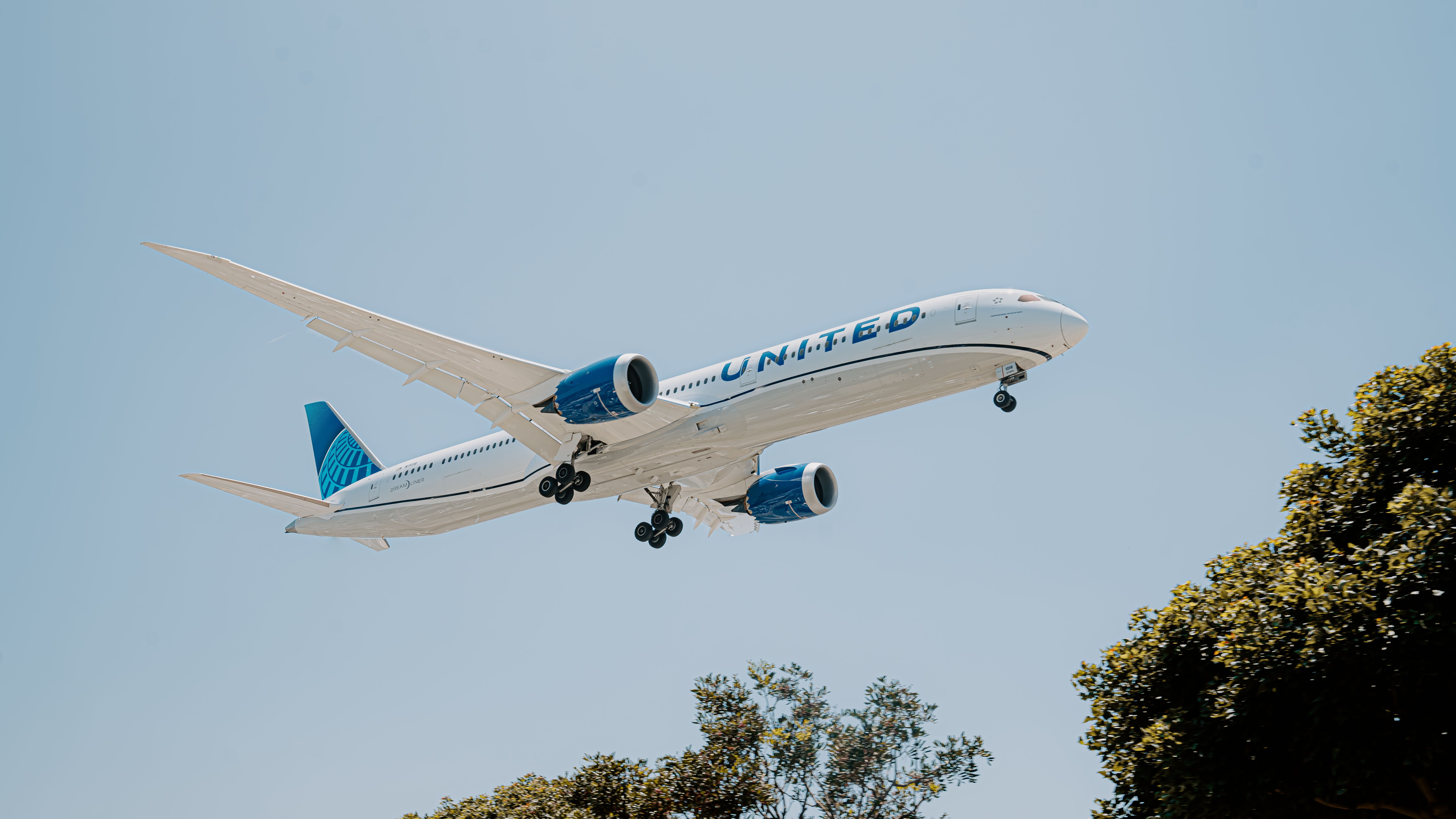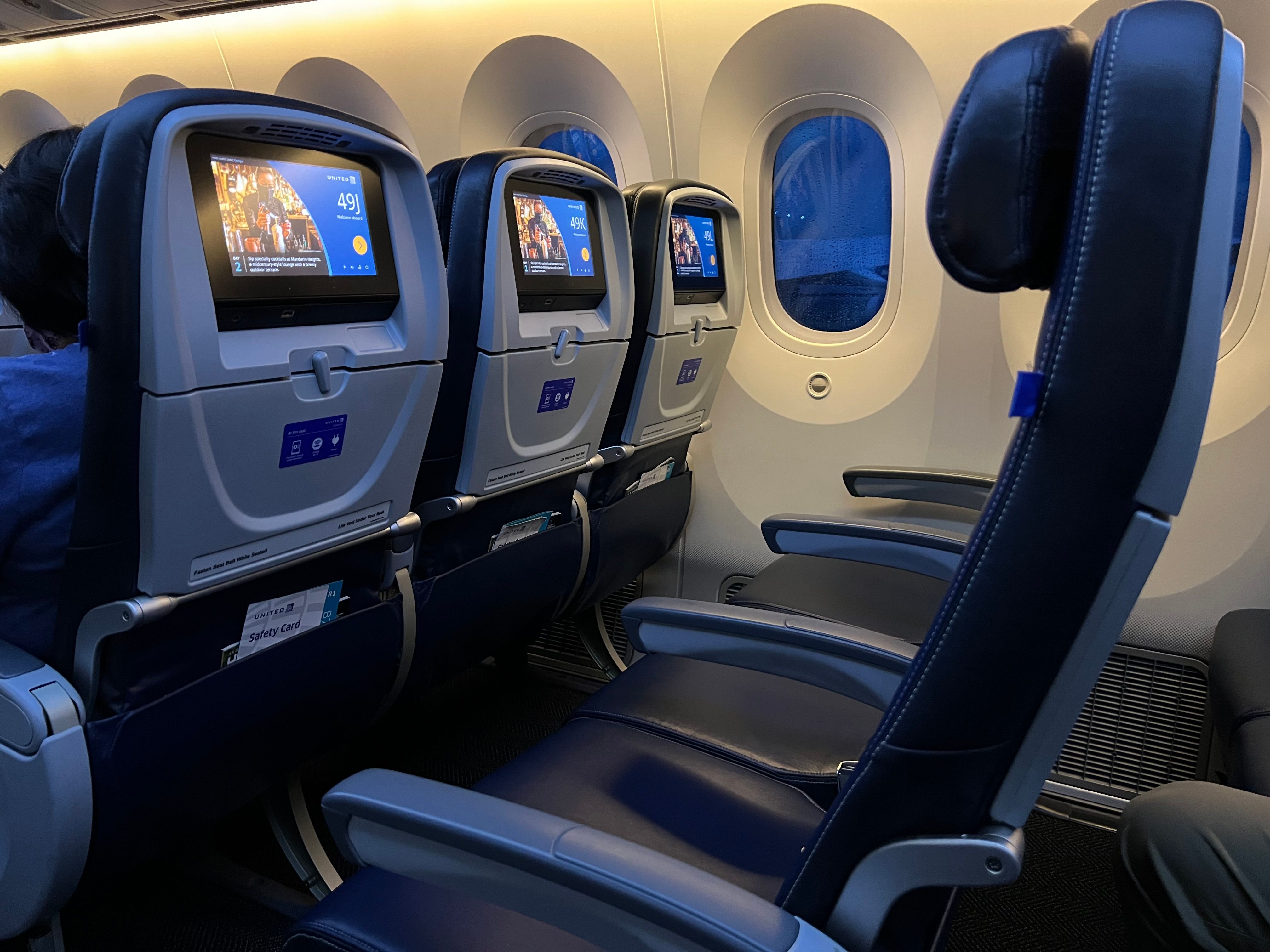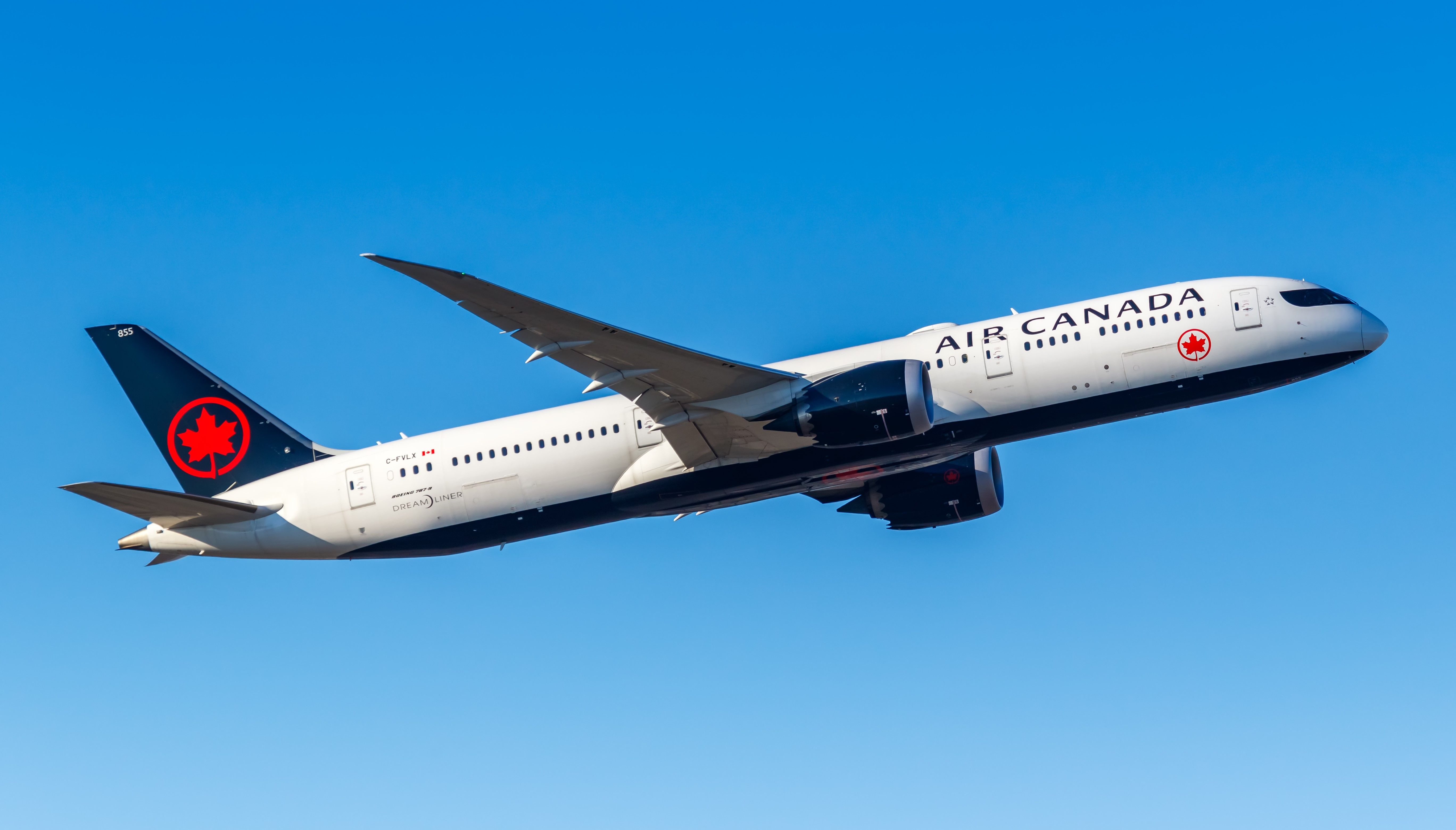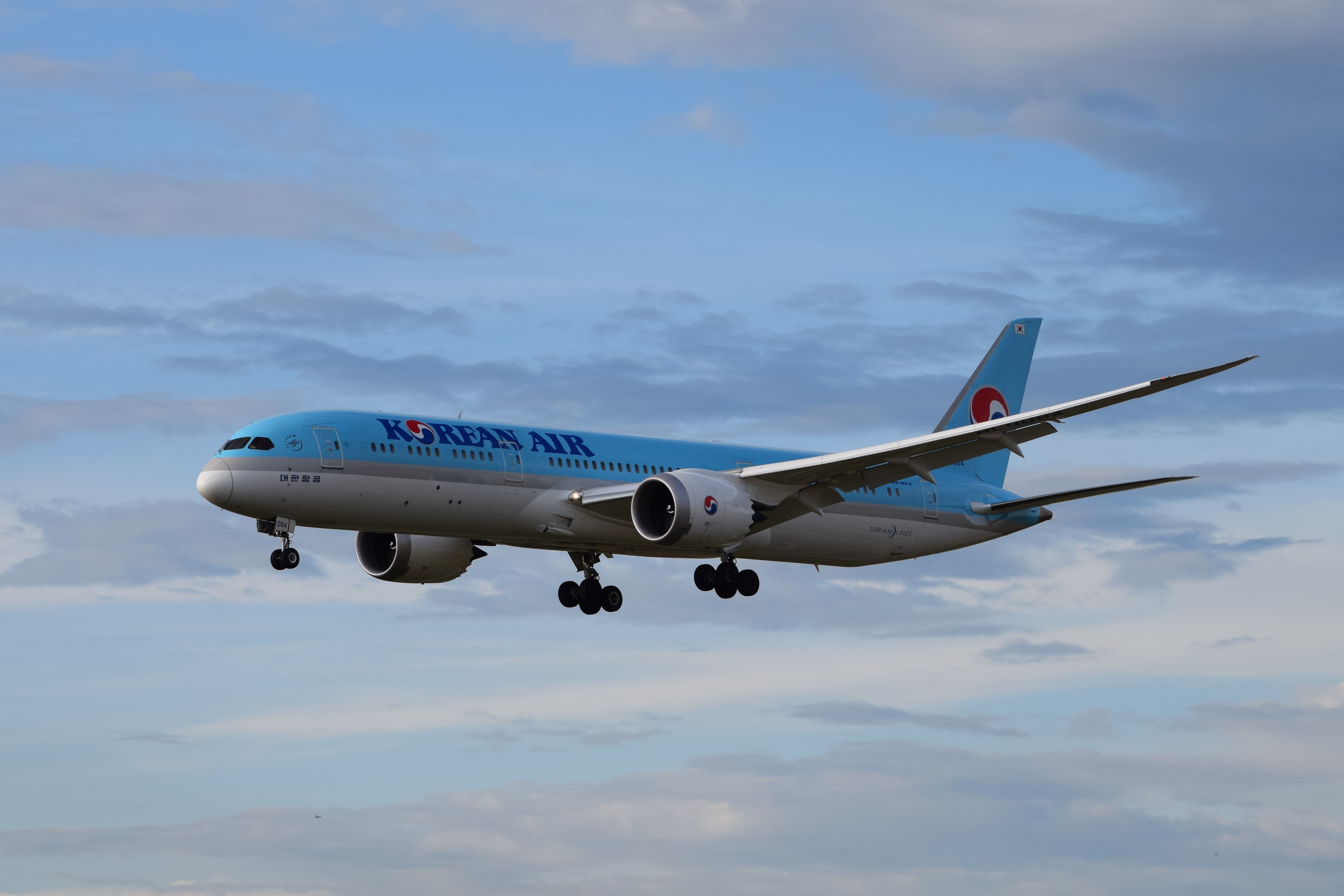Summary
- ANA, British Airways, United Airlines, and Air Canada are among the airlines that have ordered or operated multiple variants of the Boeing 787 Dreamliner in their fleets.
- ANA has the most diverse Dreamliner fleet with 79 aircraft, including the -8, -9, and -10 variants.
- The popularity of the -10 variant is relatively low compared to the other two variants, with only nine airlines currently operating it.
The Boeing 787 Dreamliner is one of the most famous widebody aircraft on the market. Its range flexibility and fuel efficiency have made it the long-haul aircraft of choice for several airlines that have placed orders for the type over the years.
The 787 family comes in three variants: the -8, -9, and -10. The -8 entered commercial service in October 2011, the -9 in August 2014, and the -10 in April 2018. While the family is operated by over 40 airlines, only five have ordered all three. Let us look at how the Dreamliners have fit in their fleets.
All Nippon Airways (ANA)
All Nippon Airways has a total of 79 Dreamliners in its fleet, including three 787-10s, 36 787-8s, and 40 787-9s. In addition to that, ANA has 11 B787-10s and eight -9s on order. The Japanese carrier was the launch customer for the 787 and has been a loyal Dreamliner customer ever since.
The 787-10s have a total of 294 seats, with 235 in economy, 21 in premium economy, and 38 in business class. The 787-9s come in two different configurations for international flights. One has 146 economy, 21 premium economy, and 48 business class seats. The other 787-9 configuration includes 192 standard seats in economy, 14 recliner seats in premium economy, and 40 flatbed seats in business class.
Photo: motive56/Shutterstock.
The 787-8s has three layouts for international flights. Layout 1 has 102 seats in economy, 21 in premium economy, and 46 in business class. Layout 2 seats 198 passengers in economy and 42 in the business cabin. Layout three has 138 economy, 14 premium economy, and 32 business class seats. The -8 has a four layout, while the -9 has a third for the airline’s domestic offering.
These planes fly several vital routes. Some popular airports in the world that see ANA 787 service include San Jose (SJC), Seattle (SEA), Hong Kong (HKG), Sydney (SYD), and Paris (CDG), among others. The carrier remains a significant customer for the type.
British Airways
Next on our list is the flag carrier of the United Kingdom. British Airways’ Dreamliner fleet has 37 aircraft, comprising seven -10s, 12 -8s, and 18 -9s. It also has orders for 11 787-10s. The carrier received its first Dreamliner over a decade ago and has used it on several long-haul routes. Some popular cities where these 787s fly from London include Baltimore (BWI), Newark (EWR), Nashville (BNA), Philadelphia (PHL), Mexico City (MEX), Delhi (DEL), and Atlanta (ATL), among others.
The 787-8s are outfitted in a three-class configuration with 35 flatbed seats in Club World (business class), 25 recliner seats in World Traveller Plus (premium economy), and 154 standard seats in World Traveller (economy class) for a total capacity of 214 passengers.
Photo: British Airways
The 787-9s have a capacity of 216 passengers in a four-class configuration. This includes eight open suites in First, 42 seats in Club World, 39 in World Traveller Plus, and 127 in World Traveller. The -10 has a similar configuration with eight open suites in First, 48 seats in Club World, 35 in World Traveller Plus, and 165 in World Traveler.
The long-awaited 787-10s will contain eight first class seats, 48 brand new Club Suite (British Airways’ new business class product) seats, seating for 35 in World Traveller Plus, and 165 in World Traveller. This comes out to a total maximum capacity of 256 customers.
United Airlines
United operates 71 787s with an average age of 6.5 years. This includes 21 787-10s, 12 787-8s, and 38 787-9s. These planes can be found on transcontinental routes, flights to Frankfurt (FRA), Tel Aviv (TLV), Paris (CDG), Brussels (BRU), and Cape Town (CPT), among others. The carrier has an order for an additional 100 787-9s.
Photo: Lukas Souza | Simple Flying
The shortest 787 variant has two layouts. The first comes in a three-class configuration with 113 standard seats in economy, 70 standard seats in Economy Plus, and 36 flatbed seats in Polaris. Layout 2 has a four-class configuration. It features 158 seats in economy, 36 in economy plus, 21 recliner seats in premium plus, and 28 open suites in Polaris.
The -9 also has two layouts. The first has a total of 252 seats, with 116 in economy, 88 in economy plus, and 48 in Polaris. The second has a four-class configuration, seating 149 economy, 39 economy plus, 21 premium plus, and 48 Polaris passengers.
Photo: Pranjal Pande | Simple Flying
The longest 787 variant, on the other hand, only has one layout. It has a four-class configuration, with 199 seats in economy, 54 in economy plus, 21 in premium plus, and 44 suites in Polaris.
The retrofitted 787-8s contain 28 Polaris seats, 21 Premium Plus seats, 36 Economy Plus, and 158 economy seats for a maximum capacity of 243. While the -10s were delivered with new Polaris and premium plus cabins, United’s other 787s had to undergo retrofits, completed last year.
Air Canada
The Canadian flag carrier has operated many widebodies over the years. It currently operates only two 787 models, with eight -8s and 30 -9s in its fleet. However, two days ago, the airline placed an order for up to 30 787-10s to join the ranks of airlines operating all three variants. The deal consists of 18 firm orders with the option for 12 more deliveries. Delivery is expected to start as soon as 2025.
Photo: Markus Mainka / Shutterstock
Air Canada’s Dreamliners both have single layouts. The -8 is in a three-class configuration, with 214 standard seats in economy, 21 recliner seats in premium economy, and 20 flatbed seats in business. The -9 also has three classes, comprising 247 economy seats, 21 premium economy, and 30 business.
The new -10 will have a new state-of-the-art cabin design, but that’s all the airline has given away so far. Its 787s fly to a variety of destinations, including Brisbane (BNE), Hong Kong (HKG), São Paulo (GRU), Osaka (KIX), and Zurich (ZRH).
Korean Air
Although its fleet is slightly different, Korean Air can also be considered on this list. The Seoul-based carrier has 11 Boeing 787 aircraft in its fleet and 30 more on orders. It operates ten 787-9s and one rare Dreamliner, the 787-8 Boeing Business Jet (BBJ). However, the aircraft does not spot the Korean Air livery.
Photo: Sergio Torres Parra | Shutterstock
In addition to this, the airline has 20 -10s and ten more -9s on order. Its 787-9s have a two-class configuration, with 247 seats in economy and 24 flatbed seats in Prestige. The BBJ has a total of 39 seats, all of which are in a business class setting, as you would have guessed. Korean’s -9s can be spotted in Dallas (DFW), San Francisco (SFO), Sydney (SYD), and Madrid (MAD), among others.
Why don’t more carriers fly all three variants?
Pilots can move across all three 787 types without needing significant training. This would make it attractive for airlines to operate since they can theoretically streamline their widebody fleet with one aircraft type containing about 220, 260, or 300 passengers.
However, for a lot of carriers, there are a lot of other considerations. Some airlines also fly Boeing 777s or Airbus A330s, which would cover for one or two variants. For example, American Airlines, which operates 787-8s and -9s, also flies the 777-300ER covering the 300-capacity segment.
The least popular variant of the 787 is the -10, which traditionally seats 300 passengers and more. That much capacity also might not be of interest to an airline. There are currently nine airlines operating this variant, with five having placed orders.
Have you flown all variants of the 787? Which one is your favorite? Let us know in the comments!

